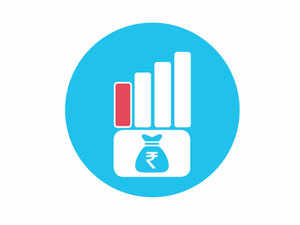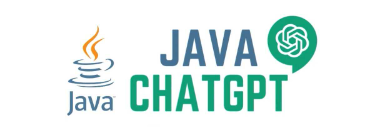 ThinkStock Photos
ThinkStock PhotosBudget with ET
And this 8.55% interest for 2017-18 is only based on the actual interest earned or ‘profit booked’ during the year. EPFO usually hold debt papers till maturity and rarely sells them. That means booked capital gains from that segment is practically zero.
However, EPFO sold around Rs 3,700 crore worth of equity ETFs during the year and realised a gain of around ?1,100 crore. The same is also used for giving this 8.55% return.
However, this strategy of showing only booked profit is not logically correct. Here, the gains made during one period will be distributed as interest in some other period. As per estimates, EPFO is also sitting with around 20% gain in its equity portfolio. Though these ‘unrealised gains’ belong to the current EPFO subscribers, benefit of this will not be available to the investors who are withdrawing from EPF now.
If equity market remains stable and interest rates remain low, EPFO will continue to book profit on these ‘historical gains’ and declare higher interest rates in coming years. However, this strategy will boomerang if equities get into bear market. Similarly, the unrealised gains on debt papers will vanish once the market rates go above the coupon rates.
Though EPFO plans to continue with the valuation of debt portion as it is, EPFO has realised the need to value its equity ETFs on a mark to market basis. Since EPFO is not able to do it, EPFO is trying to manage it by allotting equity ETF units directly to its subscribers. If implemented, there will be another column on the EPF statement to show the value of equity holding. Once done, EPFO will pay interest only on the debt portion and the equity portion will be available to the subscribers only at the time of redemption.
Instead of complicating things like this, EPFO can easily manage this by shifting from accrual accounting to NAVbased accounting. All NPS managers declare their NAV on a daily basis and therefore, there is no need for them to declare return on annual basis. NAVbased accounting is the most transparent way and reduces the scope of manipulation. US-64, the flagship scheme from UTI, crumbled because of its refusal to shift to NAV.
Though EPFO is sitting on a surplus now, it can turn into deficit if this practice continued for long. And if that happens, the impact will be much bigger than the US-64 crisis.
The best time to convert to NAV-based scheme is now. On a conservative estimate, the unrealised gains must in the range of 20- 30%. And if shifted to NAV-based system, the holding value of EPFO should jump up by 20%- 30%, making all subscribers happy.
(Catch all the Personal Finance News, Breaking News, Budget 2024 Events and Latest News Updates on The Economic Times.)
Subscribe to The Economic Times Prime and read the ET ePaper online.
(Catch all the Personal Finance News, Breaking News, Budget 2024 Events and Latest News Updates on The Economic Times.)
Subscribe to The Economic Times Prime and read the ET ePaper online.









































 Get Unlimited Access to The Economic Times
Get Unlimited Access to The Economic Times
